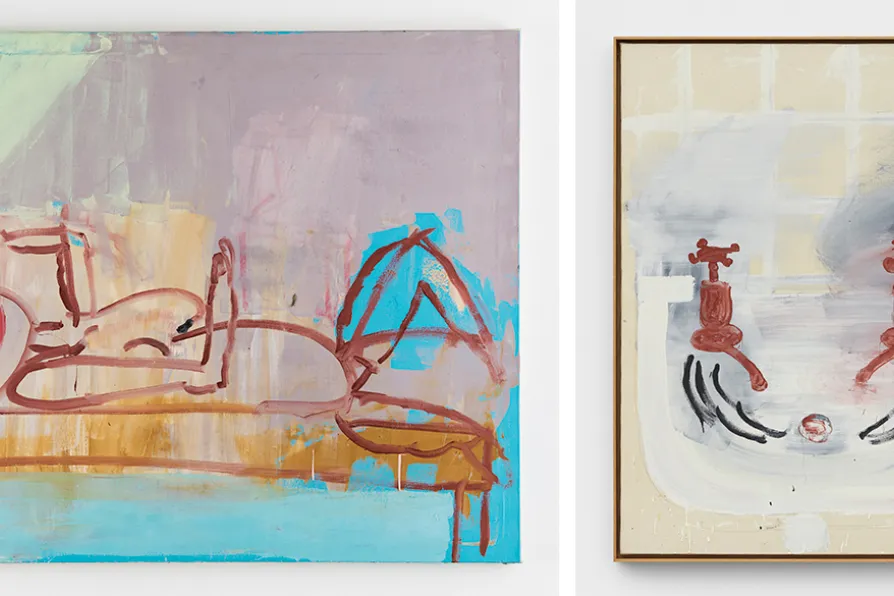RICHARD MURGATROYD enjoys a readable account of the life and meditations of one of the few Roman emperors with a good reputation
Ordinary excitements
What made Roy Oxlade excel as a painter, says MICHAL BONCZA, was his ability to transform the everyday into objects of wonder

 (L to R) Woman on a Table, 2002; Untitled (All images: courtesy of Alison Jacques Gallery, London © Estate of Roy Oxlade)
(L to R) Woman on a Table, 2002; Untitled (All images: courtesy of Alison Jacques Gallery, London © Estate of Roy Oxlade)
ROY OXLADE, who died in 2014 at the age of 85, was many things — all of them inextricably interlinked and interdependent.
A celebrated teacher, a radical and compelling philosopher in the field of art and a painter with a captivating and intriguing vision, he was also a lifelong Labour voter with a disdain for the Establishment and the monarchy, in particular the latter’s dispensation of “honours” to those in the arts.
As a new online exhibition of his work Art & Instinct at London's Alison Jacques Gallery demonstrates, he was an enfant terrible by nature and a true renaissance man by choice, with both complementing each other to perfection.
Similar stories

While the group known as the Colourists certainly reinvigorated Scottish painting, a new show is a welcome chance to reassess them, writes ANGUS REID

RINA ARYA confronts the brutal operation of Francis Bacon’s approach to portraiture

From van Gogh to Sonia Boyce, from Hew Locke to Patrick Carpenter and... Pablo Picasso

The playwright and artist reflects on the ways in which reviewing can nourish the creative act










